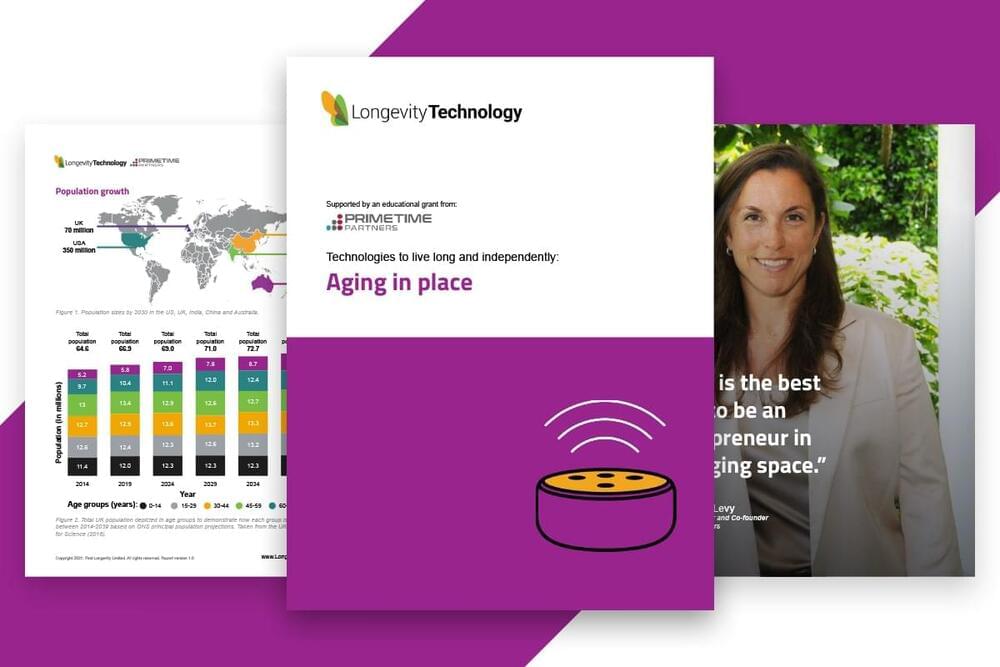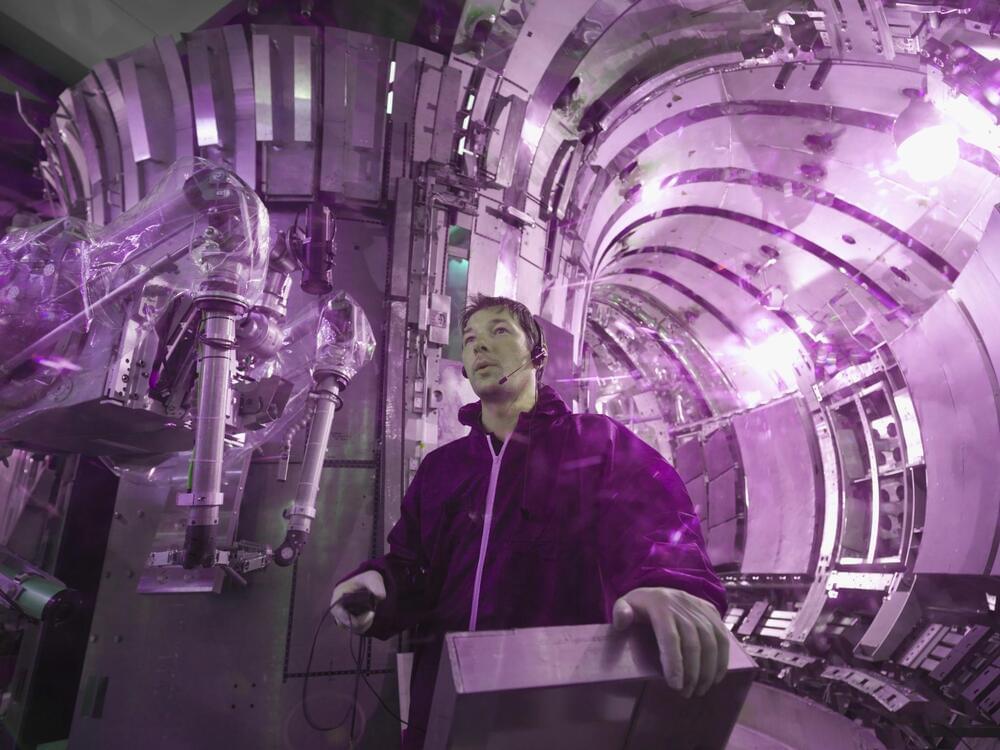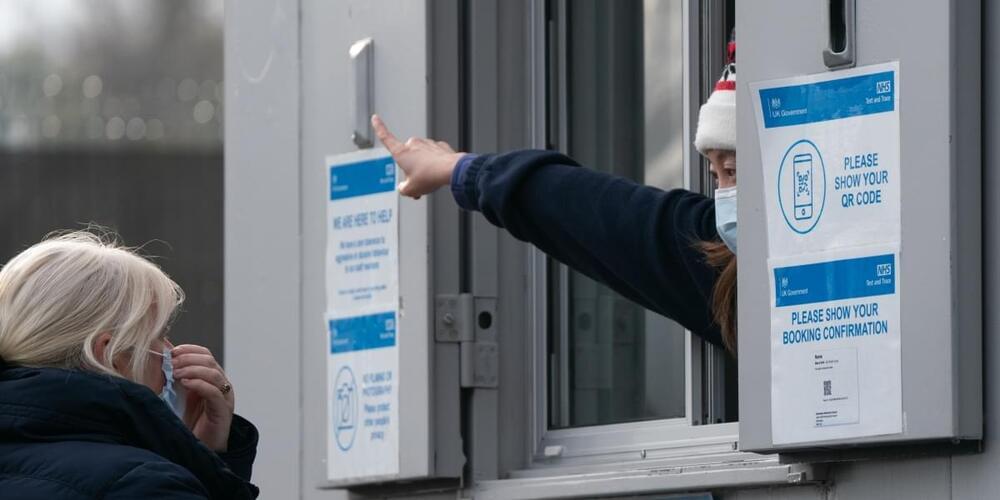
Get the latest international news and world events from around the world.



Immune systems and aging clocks
We continue our overview of the Longevity Forum’s Science Summit at Oxford’s Oriel College, part of Longevity Week and hosted by Professor Lynne Cox and Jim Mellon.
Longevity. Technology: Severe community-acquired infections (such as community-acquired pneumonia and COVID-19) are more common in older adults, and overall outcomes are worse. But why as we get older are we more susceptible and can we harness the immune system to improve clinical trajectories in older adults?
Professor Liz Sapey is the Chair of Acute Medicine and an academic acute and respiratory medicine physician at the University of Birmingham and University Hospitals Birmingham NHS Foundation Trust. Sapey presented on what is known about susceptibility to infection as we age.

Experts Say Fusion Power Is Finally Starting to Look Imminent
If it sounds too good to be true, it probably is, right? Normally we’d say yes, but experts around the globe say nuclear fusion power, which holds the promise of clean and virtually limitless electricity, could be just around the corner. After nearly six decades with many promises but few results, new advancements may finally tip the scale, according to the Financial Times.
“Fusion is coming, faster than you expect,” Fusion Industry Association exec Andrew Holland told the publication.
There could be many benefits to nuclear fusion. Unlike nuclear fission it would create little waste and, as far as we know, could never result in an accident like Chernobyl. Insert a side-eye here for plans to dump radioactive water into Cape Cod Bay and the Pacific.
Supermassive Black Holes on a Collision Course: Closest Pair of Supermassive Black Holes to Earth Ever Discovered
Using the European Southern Observatory’s Very Large Telescope (ESO
Created in 1962, the European Southern Observatory (ESO), is a 16-nation intergovernmental research organization for ground-based astronomy. Its formal name is the European Organisation for Astronomical Research in the Southern Hemisphere.


Physicists create time crystals with quantum computers
There is a huge global effort to engineer a computer capable of harnessing the power of quantum physics to carry out computations of unprecedented complexity. While formidable technological obstacles still stand in the way of creating such a quantum computer, today’s early prototypes are still capable of remarkable feats.
For example, the creation of a new phase of matter called a “time crystal.” Just as a crystal’s structure repeats in space, a time crystal repeats in time and, importantly, does so infinitely and without any further input of energy—like a clock that runs forever without any batteries. The quest to realize this phase of matter has been a longstanding challenge in theory and experiment—one that has now finally come to fruition.
In research published Nov. 30 in Nature, a team of scientists from Stanford University, Google Quantum AI, the Max Planck Institute for Physics of Complex Systems and Oxford University detail their creation of a time crystal using Google’s Sycamore quantum computing hardware.
Disney Combines CGI With Neural Rendering to tackle the ‘Uncanny Valley’
Disney’s AI research division has developed a hybrid method for movie-quality facial simulation, combining the strengths of facial neural rendering with the consistency of a CGI-based approach. The pending paper is titled Rendering with Style: Combining Traditional and Neural Approaches for High Quality Face Rendering, and is previewed in a new 10-minute video at the […].

Weather forecast favorable for SpaceX launch this week
Today’s quantum computers are complicated to build, difficult to scale up, and require temperatures colder than interstellar space to operate. These challenges have led researchers to explore the possibility of building quantum computers that work using photons—particles of light. Photons can easily carry information from one place to another, and photonic quantum computers can operate at room temperature, so this approach is promising. However, although people have successfully created individual quantum “logic gates” for photons, it’s challenging to construct large numbers of gates and connect them in a reliable fashion to perform complex calculations.
Scientists made tiny xenobots out of frog cells. Now they say those robots can reproduce
Using artificial intelligence, the xenobots were able to replicate themselves using a process not seen in humans or any other animals.